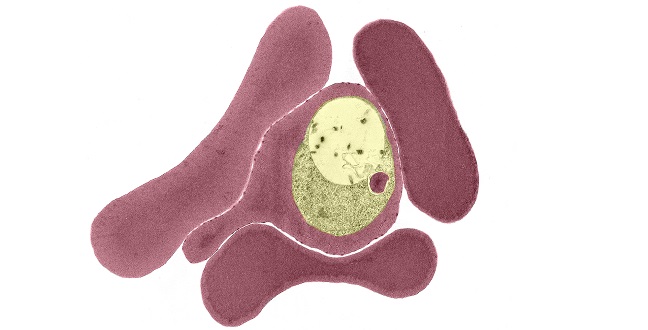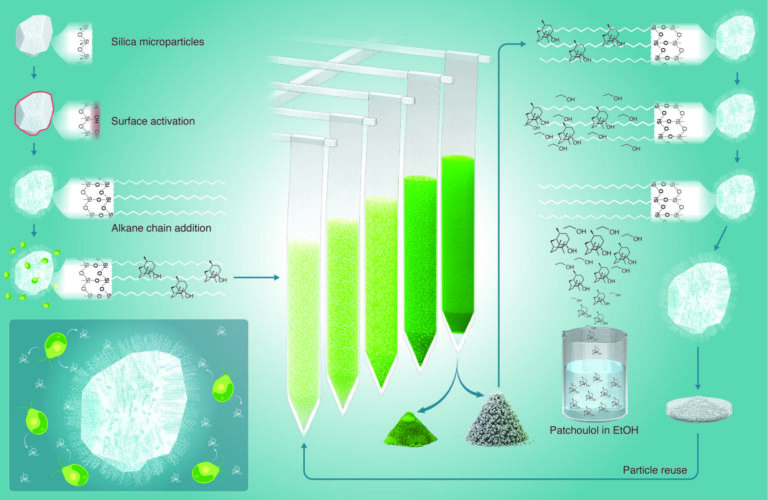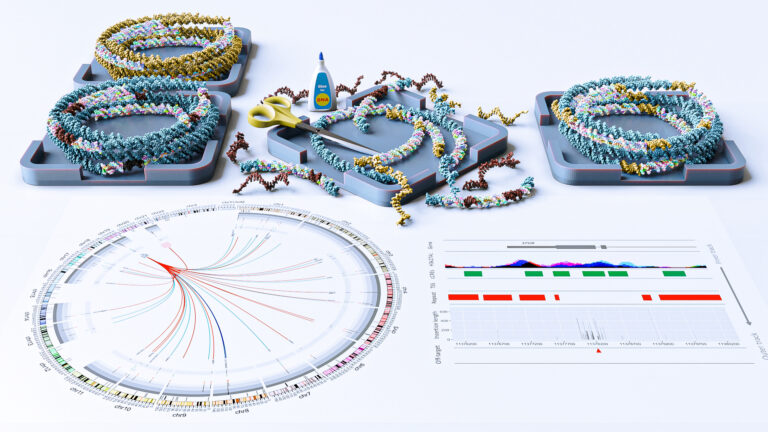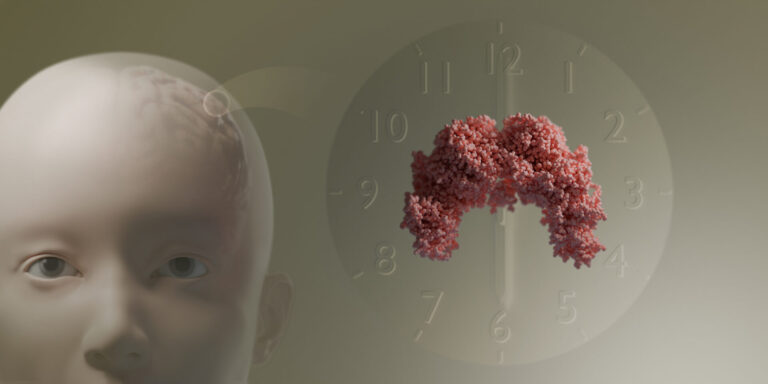Bioscience
Pathogen expertise boosted with latest genomics
Expert knowledge in the field of DNA and RNA sequencing puts KAUST at the forefront of high-impact pathogen research.

Diseases such as malaria and tuberculosis, which are caused by parasites and bacteria, respectively, significantly affect human and animal health and also impact national economies across the globe. The emergence and rapid spread of drug resistance heightens the pressing need to fully understand the origins and complex genetic diversity of pathogenic micro-organisms.
The Middle East faces a particular challenge: genomic descriptions of pathogens relevant to the area are historically under-represented in the scientific literature. For Arnab Pain, an expert in pathogen genomics, the opportunity to play a lead role in this science underpinned his decision to become a founding member of the faculty at KAUST.
“There is a major gap in our knowledge of pathogens stemming from the Middle East and North Africa (MENA) region,” noted Pain. “State-of-the-art genomic technologies have not been applied systematically to study pathogens affecting humans, animals and plants in this area, and samples from these countries are limited in most global genomic diversity studies.”
Pain believes that KAUST can play a pivotal role in future global studies on pathogen genomics because of its location and world-class facilities. The facilities have supported his pioneering work using high throughput next-generation sequencing (NGS) technologies for research on pathogen biology.
Just as important, though, Pain feels, is the considerable time he has spent over the past five years in building a global collaborative network of researchers whose combined expertise can facilitate high-impact projects.
Together with his team in KAUST’s Pathogen Genomics Laboratory, Pain is currently working to reveal the biology of apicomplexan parasites—single-celled organisms that cause diseases such as malaria, toxoplasmosis and gastrointestinal illnesses. The team is also investigating mycobacteria, which cause human and animal tuberculosis.
“Understanding the DNA and RNA building blocks of these pathogenic organisms is critical to revealing how they have evolved and how they thrive,” Pain explained. “We are using the latest DNA and RNA sequencing techniques coupled with functional genomics and bioinformatics tools. A better understanding of pathogen biology could lead to new intervention strategies.”
By providing insights into the genetic make-up of individual pathogens, deep sequencing techniques enable the researchers to piece together the dynamics of natural genome variation and gene functioning within a species.
In a recent whole-genome study of Plasmodium knowlesi, which causes severe zoonotic malaria in Southeast Asia, Pain and his collaborators revealed that the parasite is considerably more genetically diverse than the three other human malaria-causing Plasmodium species in the world.
Another of Pain’s collaborations was the first to achieve a continuous culture of P. knowlesi in human red blood cells, providing a model to help understand how the parasite adapts to infect humans.
The researchers subsequently discovered a parasite gene that determines the infectivity of P. knowlesi in human red cells. Pain and colleagues have also shown how the malaria parasites have evolved from a group of photosynthetic marine algae called chromerids.
The rise of drug-resistant strains of Mycobacterium tuberculosis (Mtb) is also of grave concern, noted Pain. He is co-leading a consortium of Mtb researchers involved in studies searching for the genetic hallmarks for drug resistance in strains of Mtb, uncovering the pathogenesis of Mtb and developing global genetic variation maps. Such extensive genomic detailing of Mtb species may ultimately lead to more effective treatments and early tracking of drug resistant strains.
In addition to his research on parasites and pathogenic bacteria, Pain is helping to ensure that the recent rise in use of NGS technologies in clinical settings in other parts of the world is replicated in the MENA region.
“Fast, accurate and cheap pathogen detection and NGS technology is revolutionizing microbiological testing and disease monitoring,” he said. “Routine testing by NGS is rapidly being adopted in clinical laboratories, and I strongly believe that promoting its use as widely as possible in the Middle East will hold enormous benefits for the area.”
Pain is collaborating with clinical laboratories in Saudi Arabia with real clinical samples using NGS and associated bioinformatic analytical tools. Such initiatives will enable real-time, accurate identification of pathogens and the monitoring of the emergence of drug resistant strains or newly-evolving pathogens. For example, Pain’s team is conducting a study to characterize pathogens circulating during the Hajj pilgrimage in collaboration with the Saudi Ministry of Health.
Pain’s ambition and expertise, coupled with KAUST’s state-of-the-art technology, will ensure the MENA region becomes a significant global center for pathogen research.
References
- | article
You might also like

Bioengineering
High value harvests from designer algae

Bioscience
Digging into the world of plant-growth-promoting microbes

Bioengineering
Stray DNA fragments challenge CRISPR precision

Bioscience
Unique microbiome discovered in mountain streams

Bioscience
How a multitasking protein keeps the body’s clock in sync

Bioscience
The theory of everything that wasn’t

Bioscience
Mangrove microbes to munch on plastic

Bioscience



